- Joined
- Jun 8, 2008
- Messages
- 56,762
"
Last Updated March 07, 2022
Less than a week after the White House released its updated COVID-19 preparedness plan, a group of more public health experts issued a white paper with their own ideas for moving the nation into what they call the "next" normal.
While there's quite a bit of overlap between the two plans, the 136-page document by the COVID Roadmap Group outlines additional details and strategies for living with COVID-19 in the future.
Among its authors are high-profile names, including many who've become authorities on COVID-19 during the pandemic, such as Ezekiel Emanuel, MD, PhD; Trevor Bedford, PhD; Kizzmekia Corbett, PhD; Akiko Iwasaki, PhD; John Moore, PhD; Michael Mina, MD, PhD; Paul Offit, MD; Jennifer Nuzzo, DrPH; and Michael Osterholm, PhD, MPH. (MedPage Today editor-in-chief Jeremy Faust, MD, is listed as a contributor/reviewer.)
The group began working on the plan at the start of the year, Emanuel told MedPage Today. The U.S. has gone a year with one strategic plan, he said. However, after expanding vaccination, surges of two different variants, and new therapies, the country is now at a very different place.
"We needed to have a new strategic plan for the country," Emanuel said. "Having an outside group, which is bipartisan, has a certain advantage."
The group identified 12 key areas of focus, including:
Air Quality
According to the report, the pandemic revealed the poor air quality inside buildings. All public buildings should have their air quality monitored and publicly graded. Schools, commercial buildings, and large apartment complexes should have MERV 13 filtration, and every classroom and childcare facility in the U.S. should have either MERV 13 or HEPA filters.
Therapeutics
The virus is expected to develop resistance to any single antiviral drug, so effective therapy most likely will require a cocktail of two or three drugs. The report calls for a new "Warp Speed" program with advanced purchase agreements and other financial and regulatory incentives to produce an oral antiviral cocktail.
Like the official White House plan, the report also calls for a test-to-treat pathway, so that all Americans who have a positive PCR or at-home test can be treated within a day or enrolled in a clinical trial.
Vaccines
Officials should continue incentives to rapidly develop novel vaccine platforms, including mucosal vaccines and combination vaccines, with the ultimate goal of developing a pan-coronavirus vaccine. The government should also expand the industrial base for domestic and international manufacturing of vaccines, and aim to deliver vaccines around the world.
Testing/Surveillance
Testing is not at the level needed to provide a full and real-time picture of case counts in the U.S., the report stated. PCR and rapid tests should screen for all respiratory viruses, not just SARS-CoV-2. Rapid tests also need to be ubiquitous, accessible, and free or very cheap (under $3 per test).
The report also calls for an investment in four comprehensive, real-time surveillance systems:
The U.S. should have a national research program on long COVID that includes health, vaccination, and sociodemographic data. Researchers must get a better hold on the frequency of long COVID, whether asymptomatic or mild COVID is less likely to lead to long COVID, how well vaccines protect against long COVID, potential treatments for the condition, and immunological factors that predispose to or protect against long COVID.
Workforce
The authors of the report recognize that there are a record number of healthcare jobs unfilled and that burnout among healthcare workers is "dangerously high." They noted that staffing shortages are the main limitation to the ability of the healthcare system to provide care. They proposed creating a pool of flexible healthcare workers to deploy in emergencies.
Equity
The report acknowledged the pandemic's disproportionate impact on people of color, rural communities, and other underserved groups, and calls for solutions and strategies to "prioritize health equity and the reduction of health disparities, with the end goal of building an equitable public health system capable of reaching underserved and historically neglected populations."
Other key areas the group cited were health data infrastructure, personal protective equipment, public health infrastructure, schools/childcare, and communications.
As for the White House report, there are many points the group agrees with, and in some ways, the primary points aren't that different, Emanuel noted. However, there are some areas, such as surveillance, that he and the group believe should include more extensive interventions.
For instance, according to the group, animals that can be significant reservoirs for the virus should be included in surveillance, as should population immunity and determining whether cellular immunity is durable for a long period of time. There is also a need to upgrade and collect data from at-home COVID-19 tests, possibly through incorporating QR codes or other patient engagement tools similar to those deployed by high-tech companies.
"This roadmap reimagines how America may live with COVID, which requires getting to and sustaining the next normal, and allows for the return of the routines and joys of everyday life for a majority of the population," the group wrote.
The report acknowledged that the U.S. isn't quite there yet. The combined death toll from influenza and respiratory syncytial virus (RSV) can peak above 60,000 per year, which translates to 165 deaths per day or 1,150 deaths per week. However, the current COVID death toll is still about 15 times that, with 17,500 deaths per week in February -- "a toll exceeded only by the great modern killers of heart disease and cancer," they noted.
The group sketched out three possible future scenarios, taking population immunity into account:
Overall, the report concluded that the "next" normal can be an improvement over life before the virus emerged.
"There is likely to be a better work-life balance with more teleworking and less commuting, a reimagining of the education system, a platform for rapid development of highly effective vaccines and therapeutics, better indoor air quality, fewer respiratory infections of all kinds, and more effective surveillance to anticipate and respond to new viral threats," the group wrote.
"Getting to this better place by creating some of the tools outlined in this report will require Congressional and state legislation, as well as significant resources. Funding is especially critical," they added. "Financing both the response to COVID and preparation for future biosecurity threats will be a wise investment with high returns to the nation."
For Emanuel, that mindset is critically important.
"Even if a COVID-like pandemic is once in a century, these kinds of investments are high return," he said. "We need to think more like a business. This is capital investment that is going to generate more return to society."
"
Public Health Experts Pitch Their Own Path to the 'Next' Normal
— Detailed plan focuses on 12 key areas for living with COVID-19
by Kristina Fiore, Director of Enterprise & Investigative Reporting, MedPage Today ; Jennifer Henderson, Enterprise & Investigative Writer, MedPage Today March 7, 2022Last Updated March 07, 2022
Less than a week after the White House released its updated COVID-19 preparedness plan, a group of more public health experts issued a white paper with their own ideas for moving the nation into what they call the "next" normal.
While there's quite a bit of overlap between the two plans, the 136-page document by the COVID Roadmap Group outlines additional details and strategies for living with COVID-19 in the future.
Among its authors are high-profile names, including many who've become authorities on COVID-19 during the pandemic, such as Ezekiel Emanuel, MD, PhD; Trevor Bedford, PhD; Kizzmekia Corbett, PhD; Akiko Iwasaki, PhD; John Moore, PhD; Michael Mina, MD, PhD; Paul Offit, MD; Jennifer Nuzzo, DrPH; and Michael Osterholm, PhD, MPH. (MedPage Today editor-in-chief Jeremy Faust, MD, is listed as a contributor/reviewer.)
The group began working on the plan at the start of the year, Emanuel told MedPage Today. The U.S. has gone a year with one strategic plan, he said. However, after expanding vaccination, surges of two different variants, and new therapies, the country is now at a very different place.
"We needed to have a new strategic plan for the country," Emanuel said. "Having an outside group, which is bipartisan, has a certain advantage."
The group identified 12 key areas of focus, including:
Air Quality
According to the report, the pandemic revealed the poor air quality inside buildings. All public buildings should have their air quality monitored and publicly graded. Schools, commercial buildings, and large apartment complexes should have MERV 13 filtration, and every classroom and childcare facility in the U.S. should have either MERV 13 or HEPA filters.
Therapeutics
The virus is expected to develop resistance to any single antiviral drug, so effective therapy most likely will require a cocktail of two or three drugs. The report calls for a new "Warp Speed" program with advanced purchase agreements and other financial and regulatory incentives to produce an oral antiviral cocktail.
Like the official White House plan, the report also calls for a test-to-treat pathway, so that all Americans who have a positive PCR or at-home test can be treated within a day or enrolled in a clinical trial.
Vaccines
Officials should continue incentives to rapidly develop novel vaccine platforms, including mucosal vaccines and combination vaccines, with the ultimate goal of developing a pan-coronavirus vaccine. The government should also expand the industrial base for domestic and international manufacturing of vaccines, and aim to deliver vaccines around the world.
Testing/Surveillance
Testing is not at the level needed to provide a full and real-time picture of case counts in the U.S., the report stated. PCR and rapid tests should screen for all respiratory viruses, not just SARS-CoV-2. Rapid tests also need to be ubiquitous, accessible, and free or very cheap (under $3 per test).
The report also calls for an investment in four comprehensive, real-time surveillance systems:
- Monitor pathogens in the environment (wastewater and air) and animals (deer, rats, others)
- Track emerging variants
- Assess population immunity against respiratory viruses
- Track hospitalizations, ICU admissions, and fatalities
The U.S. should have a national research program on long COVID that includes health, vaccination, and sociodemographic data. Researchers must get a better hold on the frequency of long COVID, whether asymptomatic or mild COVID is less likely to lead to long COVID, how well vaccines protect against long COVID, potential treatments for the condition, and immunological factors that predispose to or protect against long COVID.
Workforce
The authors of the report recognize that there are a record number of healthcare jobs unfilled and that burnout among healthcare workers is "dangerously high." They noted that staffing shortages are the main limitation to the ability of the healthcare system to provide care. They proposed creating a pool of flexible healthcare workers to deploy in emergencies.
Equity
The report acknowledged the pandemic's disproportionate impact on people of color, rural communities, and other underserved groups, and calls for solutions and strategies to "prioritize health equity and the reduction of health disparities, with the end goal of building an equitable public health system capable of reaching underserved and historically neglected populations."
Other key areas the group cited were health data infrastructure, personal protective equipment, public health infrastructure, schools/childcare, and communications.
As for the White House report, there are many points the group agrees with, and in some ways, the primary points aren't that different, Emanuel noted. However, there are some areas, such as surveillance, that he and the group believe should include more extensive interventions.
For instance, according to the group, animals that can be significant reservoirs for the virus should be included in surveillance, as should population immunity and determining whether cellular immunity is durable for a long period of time. There is also a need to upgrade and collect data from at-home COVID-19 tests, possibly through incorporating QR codes or other patient engagement tools similar to those deployed by high-tech companies.
"This roadmap reimagines how America may live with COVID, which requires getting to and sustaining the next normal, and allows for the return of the routines and joys of everyday life for a majority of the population," the group wrote.
The report acknowledged that the U.S. isn't quite there yet. The combined death toll from influenza and respiratory syncytial virus (RSV) can peak above 60,000 per year, which translates to 165 deaths per day or 1,150 deaths per week. However, the current COVID death toll is still about 15 times that, with 17,500 deaths per week in February -- "a toll exceeded only by the great modern killers of heart disease and cancer," they noted.
The group sketched out three possible future scenarios, taking population immunity into account:
- Their optimistic scenario sees a 20% attack rate with a 0.03% infection fatality rate (IFR), for an annual mortality range of 15,000 to 30,000
- Their intermediate scenario predicts a 40% attack rate, with an IFR of 0.05%, for some 30,000 to 100,000 deaths annually
- Their pessimistic scenario sees an 80% attack rate with a 0.1% IFR, totaling 100,000 to 300,000 deaths per year
Overall, the report concluded that the "next" normal can be an improvement over life before the virus emerged.
"There is likely to be a better work-life balance with more teleworking and less commuting, a reimagining of the education system, a platform for rapid development of highly effective vaccines and therapeutics, better indoor air quality, fewer respiratory infections of all kinds, and more effective surveillance to anticipate and respond to new viral threats," the group wrote.
"Getting to this better place by creating some of the tools outlined in this report will require Congressional and state legislation, as well as significant resources. Funding is especially critical," they added. "Financing both the response to COVID and preparation for future biosecurity threats will be a wise investment with high returns to the nation."
For Emanuel, that mindset is critically important.
"Even if a COVID-like pandemic is once in a century, these kinds of investments are high return," he said. "We need to think more like a business. This is capital investment that is going to generate more return to society."
"

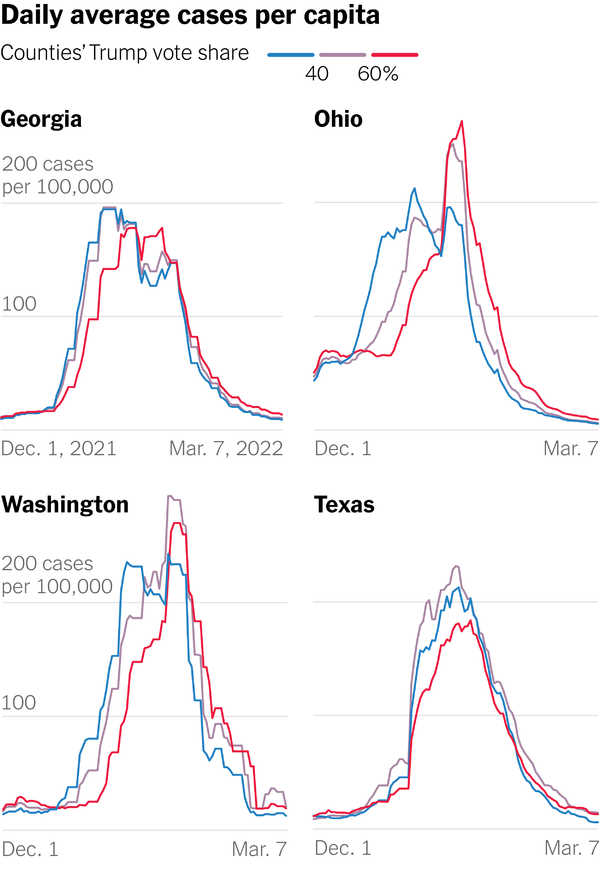
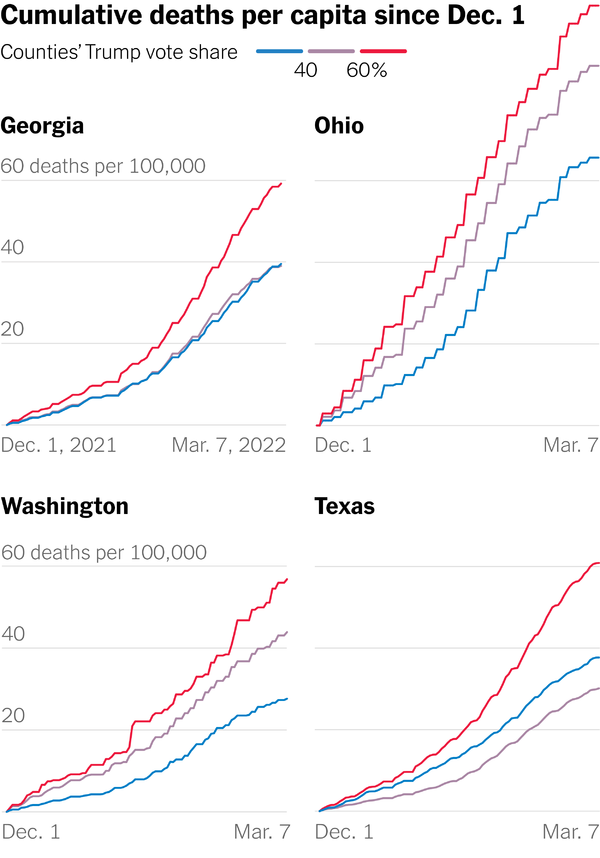

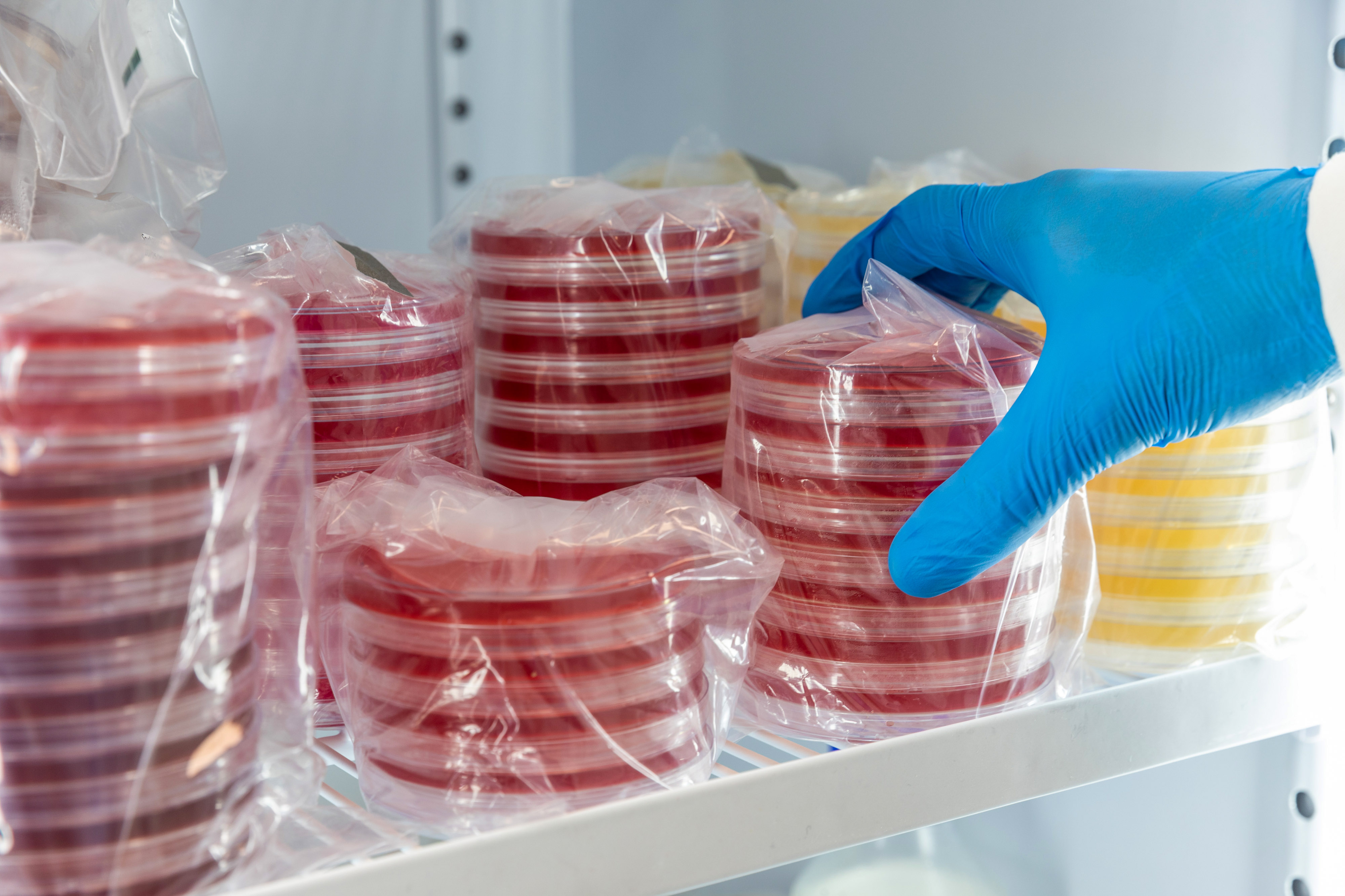

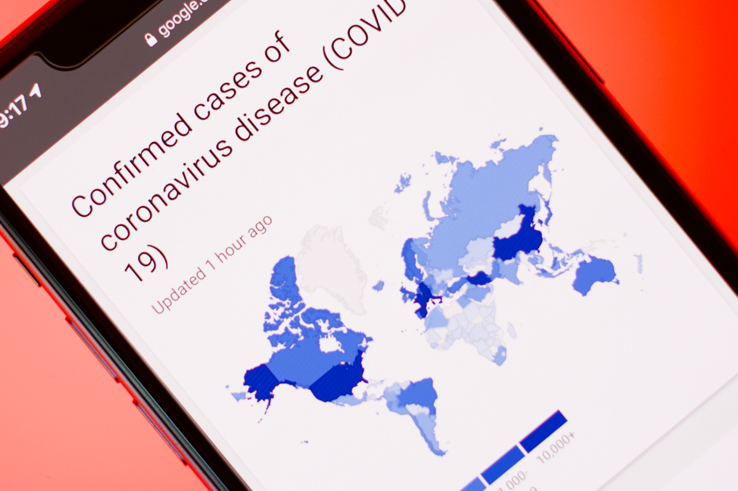
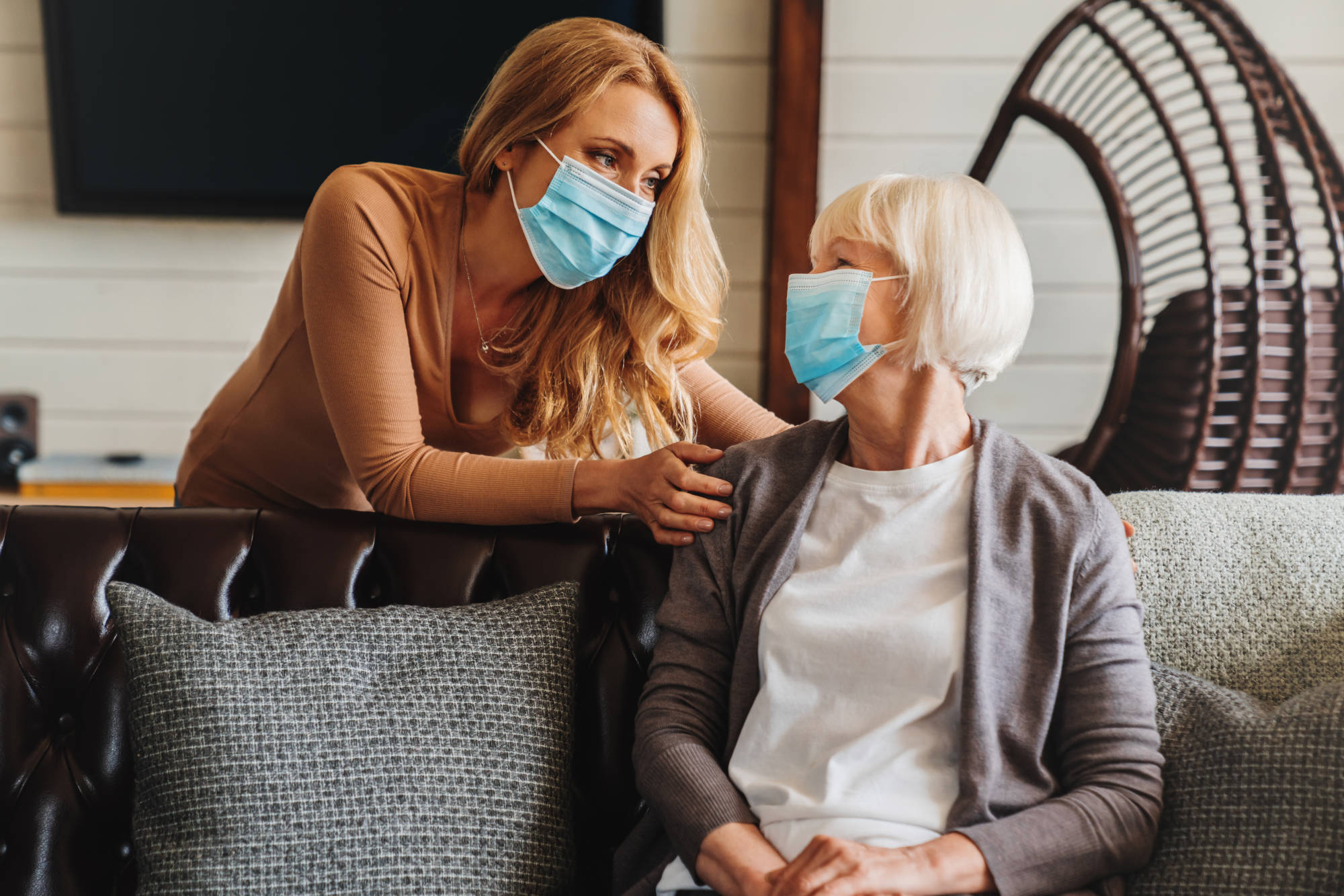

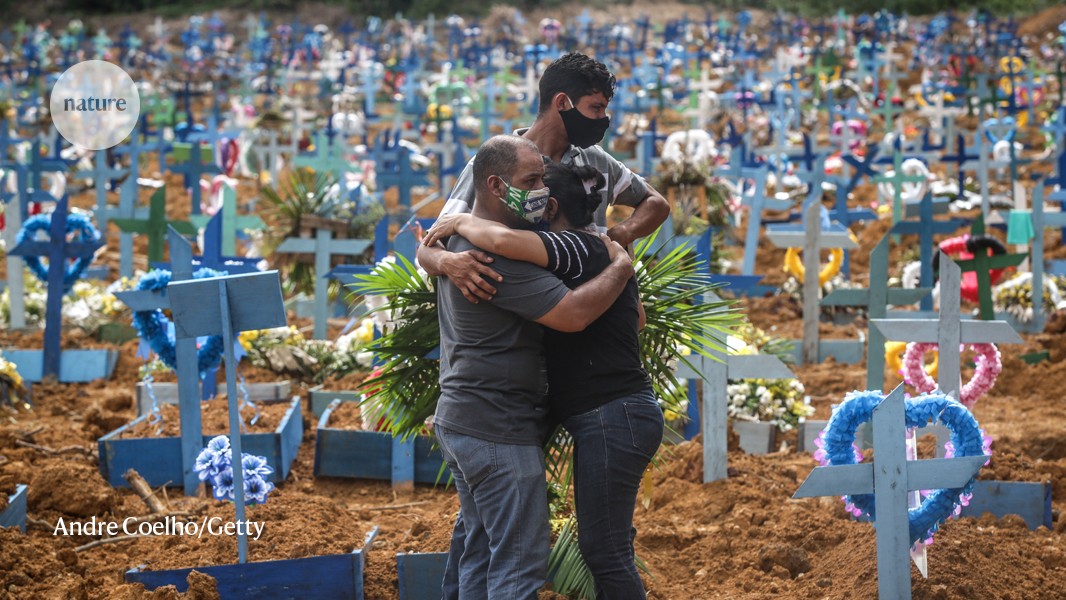
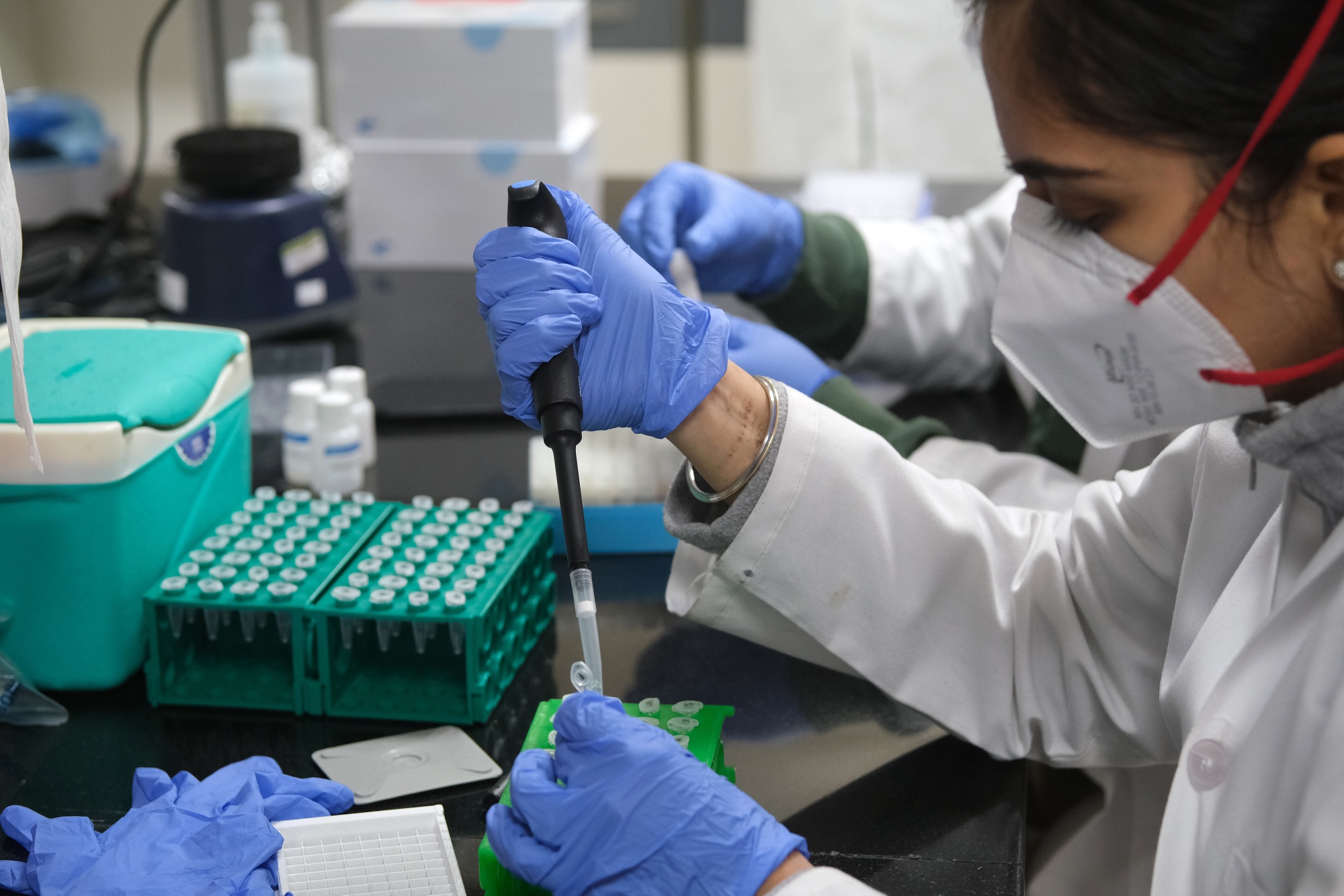



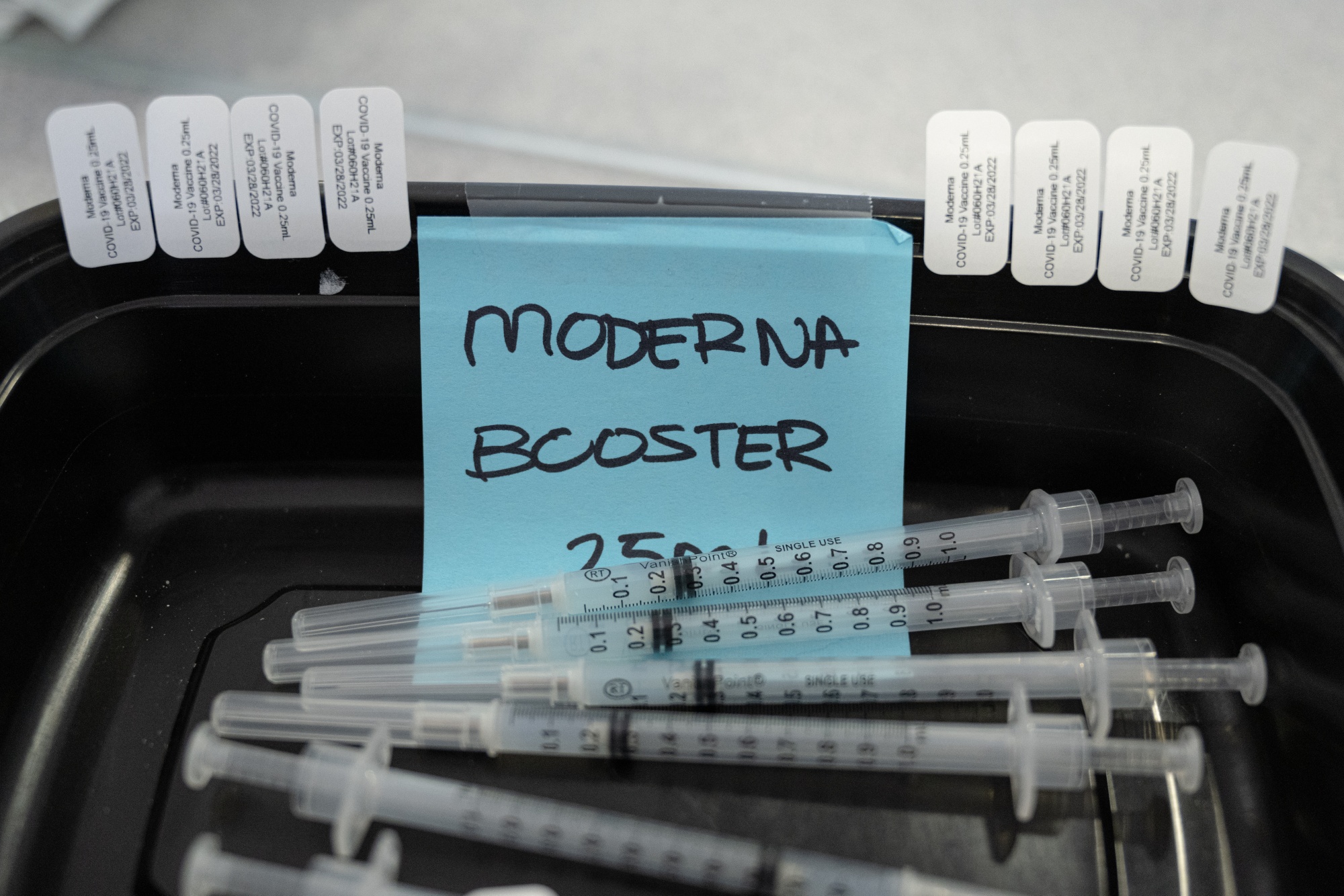
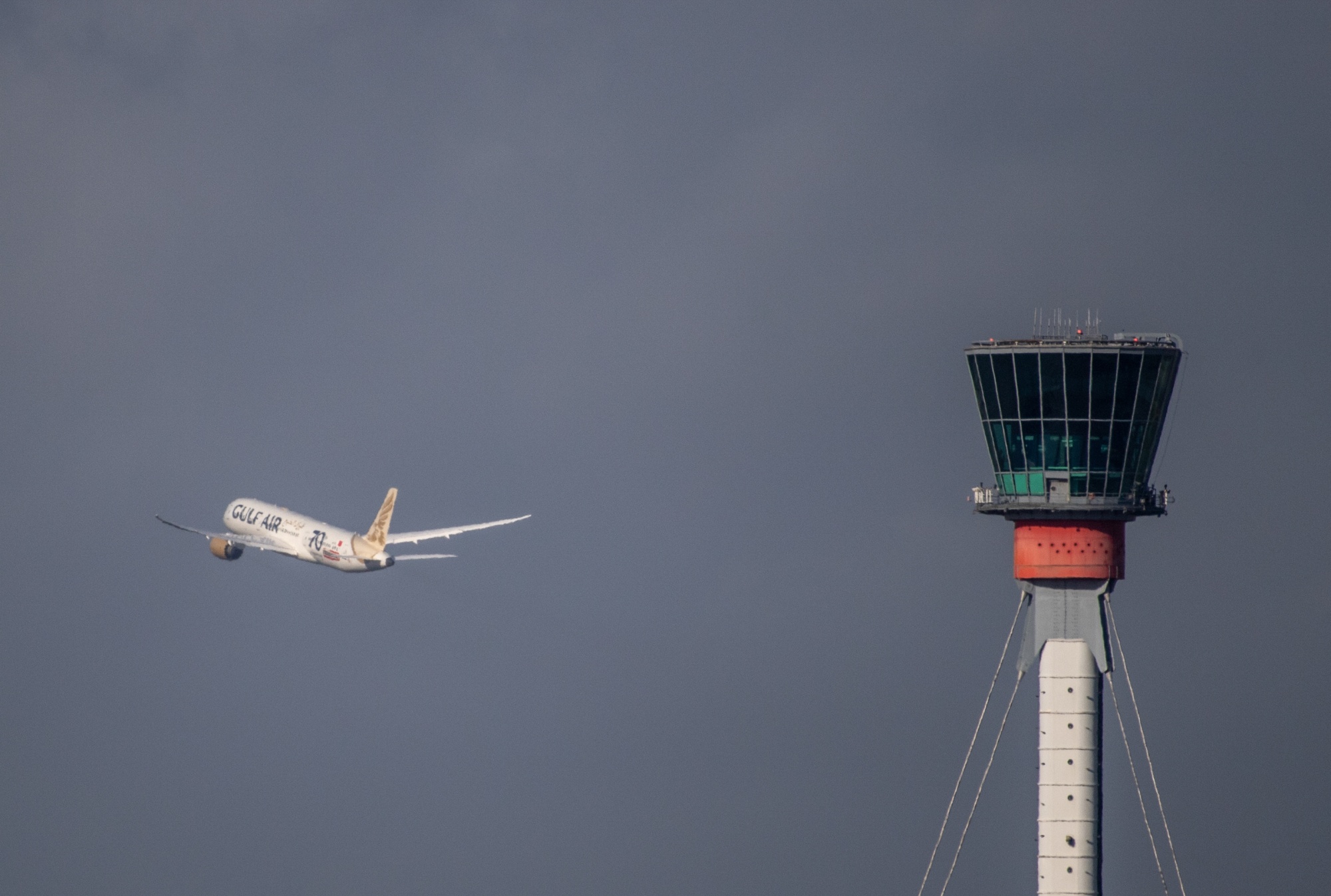


300x240.png)